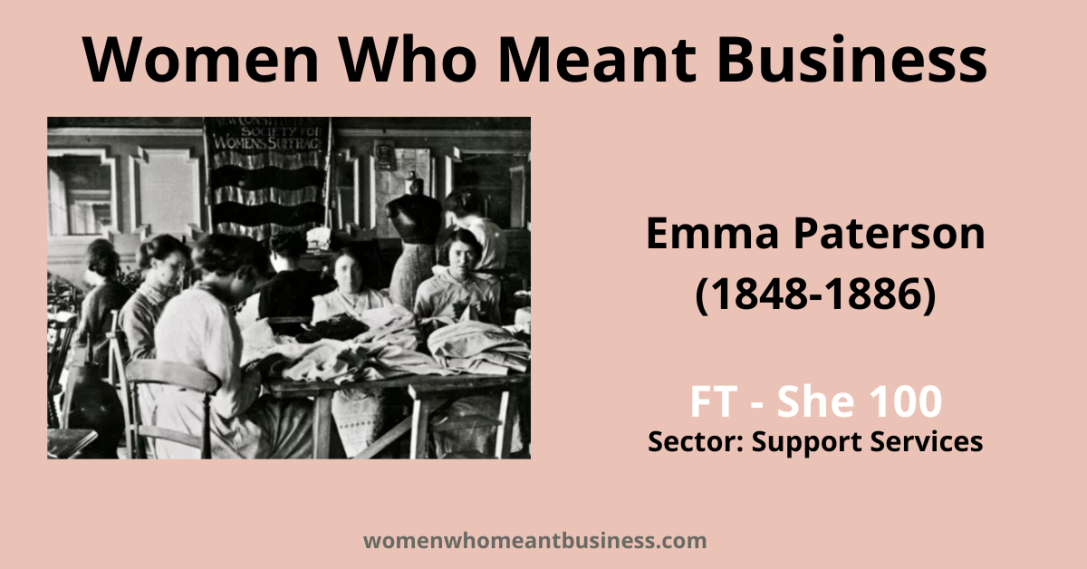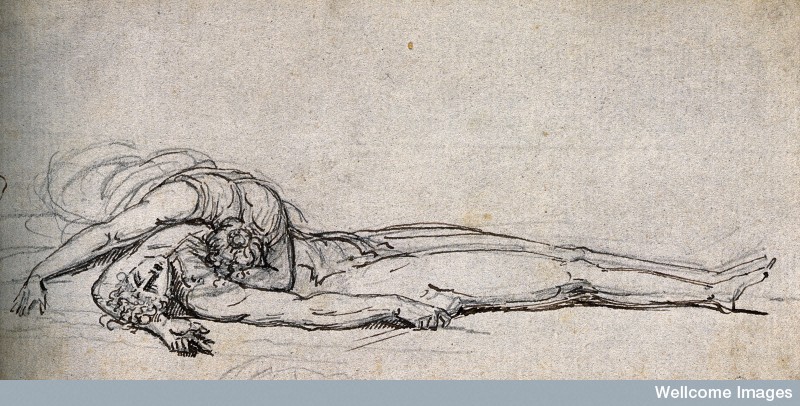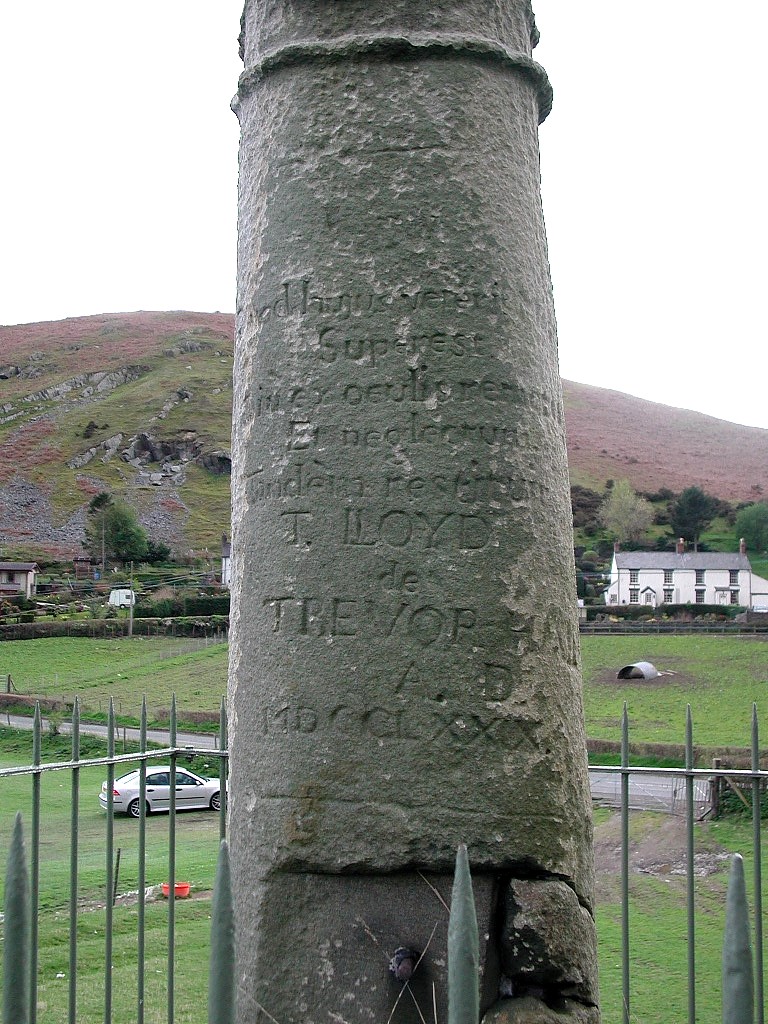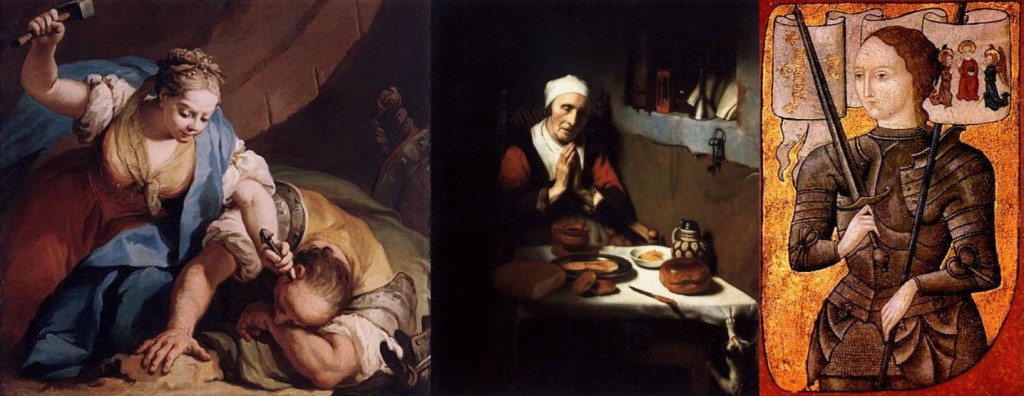By Isis Barrett – Lally
The community activist Anne Harper was a household name in my family growing up – my grandfather and uncle were miners around Sheffield during the miners’ strike of 1984-85 – but the working class is not generally the author of its own history. During the summer term I attended a Women in Wikipedia event run by Prof. Kate Cooper and Dr. Victoria Leonard of the RHUL History Department hoping to make her story more widely known. You can read the resulting wiki about her here.
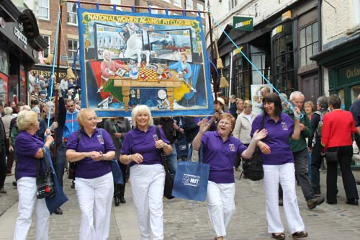
Anyone who has ever attempted to edit a Wikipedia article, or wiki, will know that success at this is about as challenging as sending a message via semaphore. Two trainers from the Wikimedia Foundation joined our workshop to train us in the production and publication of wikis, including an overview of the site’s editing policy. A large part of the difficulty of contributing new articles to Wikipedia is finding a subject whose life or work is documented in a way that meets Wikipedia’s notability criteria. Oftentimes, women do not fit these criteria because of a dearth of published sources of the kind that Wikipedia will recognise.
This lack of articles on notable women is widely acknowledged (just run it past your favourite search engine). The Wikimedia Foundation trainers advised me that I could struggle to have a new article on Anne Harper included in the encyclopaedia. In order to meet the notability criteria, I had to demonstrate that Harper had received “significant coverage in multiple published secondary sources that are reliable.” Although Harper is remembered within popular cultural memory, this renown has not necessarily carried from oral to written accounts.
Fortunately, the Davison Library did not disappoint. I was able to find references to Harper in biographies of her ex-husband, Arthur Scargill, contemporary indie press publications, as well as in recent scholarship. Harper was a militant community organiser as well as activist during the 1980s and 90s, who was driven by a desire to bring peace and stability to her community. When she was interviewed for the BBC by Emma Barnett in 2018, Harper described the pit closures as “where the rot set in” for Northern mining areas: “I look at some of the lads [today] and they’re wasting their lives, but what can they do? They can’t get a job… I say to myself, well Anne, at least you did try to prevent all this.”
An astute political commentator with an abundance of humanity and courage, Harper channelled her talents as an organiser and speaker into the strike. Of course, not all miners and their families approved of Harper and her association with the NUM. However, her achievements in terms of community activism through soup kitchens, marches and fundraisers are undeniable.
Here is the rub… I was only able to submit an article on Harper because there were enough traditional Wikipedia style sources available. This meant a biography of her ex-husband, which is itself a problematic source. It is hardly possible within the scope of a Wikipedia article to discuss the limitations of a source that minimises Harper’s political agency. This criticism could be extended to entries on any person whose activities are not well attested in the type of sources Wikipedia’s editing practices require.
The relative paucity of biography articles on women hosted on Wikipedia is well documented. Unless the user is aware of this shortcoming, it might appear as if women have been absent or scarce at political and social junctures. A hugely popular reference tool in schools and universities, Wikipedia may sometimes mislead students of history to underestimate women’s contributions.
Co-founder of Wikipedia, Larry Sanger, has written and spoken about a perceived trend towards political bias on the site. In a personal blog post from June 2021, Wikipedia Is More One-Sided Than Ever, Sanger argues that the site effectively hides its evident political positions behind the claim that all articles are written from a “neutral point of view.” Sanger gives the example of the near omission of the Biden family Ukraine Scandal from the Joe Biden wiki. If it were not for Wikipedia’s claim to neutrality, this would not be concerning.
Before Wikipedia other encyclopaedia editors made similar claims. The editors of Diderot’s Encyclopédie understood their role “principally [as] arranging materials which for the most part have been furnished in their entirety by others.” However, the 18th century encyclopédistes produced their volumes for a tiny segment of the European reading public. It is natural that the Encyclopédie would be representative of shared views amongst this group. At scale, no encyclopaedia can be neutral unless it acknowledges and features divergent viewpoints. It could be argued that the entire concept of an encyclopaedia is historically relative and poorly adapted to 21st century media and knowledge sharing practices.
Decentralisation is a possible, partial solution to this problem. In contrast to centralised sites like Wikipedia, a decentralised approach involves linking independently administered sites into a single network. On 6th September 2021, Sanger launched an open-access seminar series on the topic of decentralisation to inform his new Encyclosphere project. Although still nascent, Encyclosphere is a promising experiment in online encyclopaedia curation that may eventually chart the potential and limitations of decentralised approaches.
While editorial oversight with a decentralised approach is in theory dispersed across multiple sites, the bar for participation is higher. It may take a small time investment to learn how to contribute to Wikipedia, however after this it is a simple process. To run a website of one’s own requires regular maintenance, the cost of a domain name and sever, and a little more know-how. Now is a perfect time to become involved in Encyclosphere and contribute to the design of what could become a powerful reference tool. I would encourage anyone who is involved with a women’s history site to consider partnering with Encylosphere; please contact me if you are interested. Meanwhile, chipping away at the disastrous gender imbalance on Wikipedia has to remain a priority. Please keep an eye out for an invitation to this year’s Wikipedia Workshop, and attend if you can.


